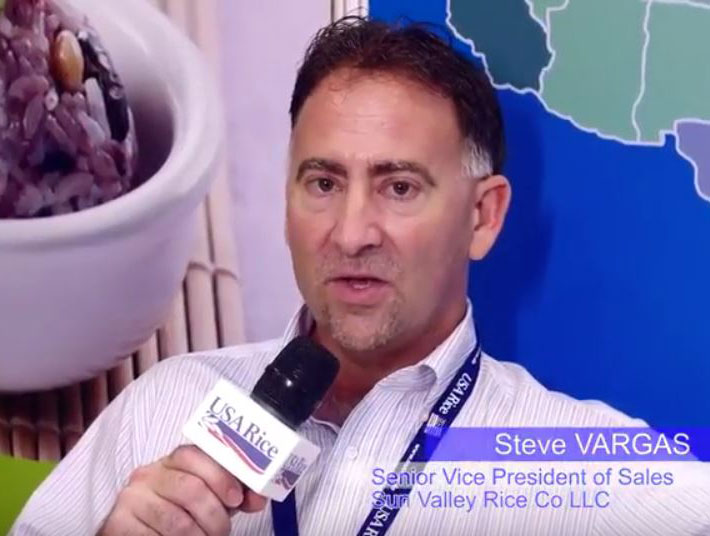 Following trends, finding opportunities
Following trends, finding opportunities
Oct 23, 2017
SEOUL, SOUTH KOREA – Two major trends are emerging in the South Korean rice market. First, per capita consumption is declining rapidly at the same time the domestic rice crop is not being significantly reduced. Data shows that annual per capita consumption of rice that stood at 174 pounds in 2006, had dropped 21.4 percent to 136 pounds in 2016.
The second major trend is the surging demand for instant or ready-to-eat rice products.
In an effort to cope with the resulting oversupply, South Korea's government will purchase 720,000 tons of newly harvested domestic rice this year for storage at state warehouses that are already packed with reserves. As of August, the government held more than 2 million MT in state warehouses.
South Korea produced nearly 4.2 million tons of rice last year. This year's planned purchase breaks down to the obligatory purchase of 350,000 MT for an emergency, and 370,000 MT for temporary storage to stabilize prices, according to the Agriculture Ministry.
In contrast to this downward overall consumption trend, the popularity of ready-to-eat rice products is rising rapidly in South Korea, according to industry data released earlier this month.
Sales figures by E-Mart, South Korea’s largest hypermarket chain, showed demand for table rice dropped 14 percent year-on-year in the January-August period, but sales of ready-to-eat rice products jumped 17 percent. E-Mart said sales of so-called home meal replacement (HMR) products that are very easy to prepare surged 44 percent year-on-year. HMRs sold here have rice, assortments of soups, and fried sides and main dishes. E-Mart said such trends reflect growth of single or two-person households and such small family units tend to prefer eating easily prepared meals.
“I think this validates our strategy in promoting U.S. rice to food manufacturers/processors,” said Steve Vargas, senior vice president of global rice trading at Sun Valley Rice, and vice-chairman of the USA Rice International Promotion Committee. “We began this strategy three years ago when our contractor first recognized the demographic trends that have led to this surge in demand for ready-to-eat products. We expect to build on this trend in future years.”